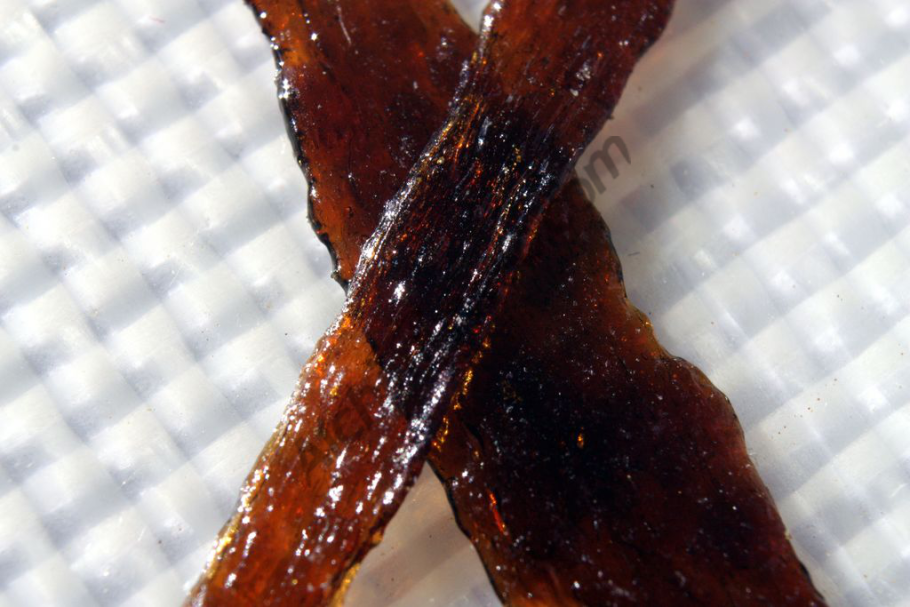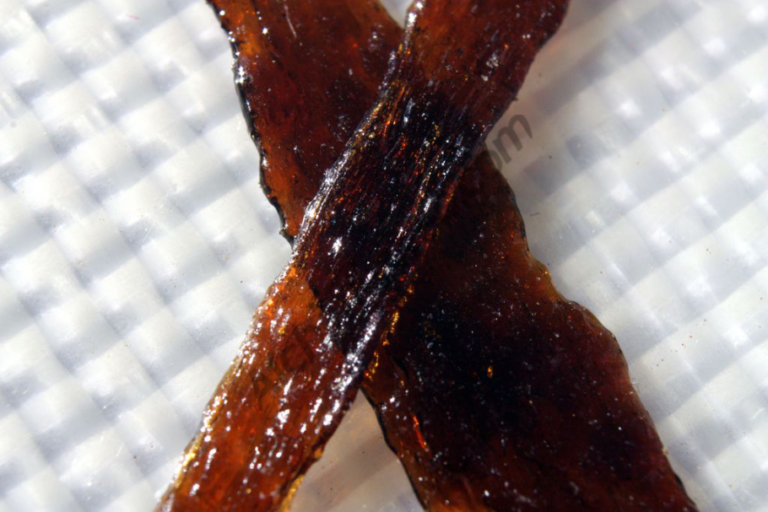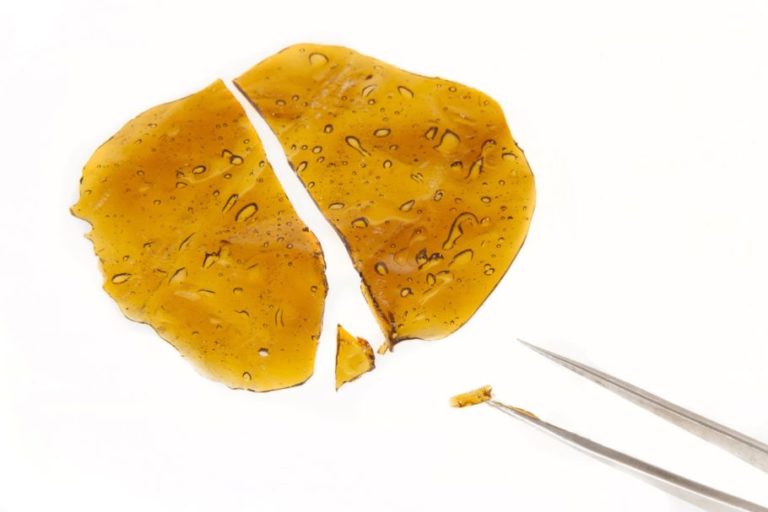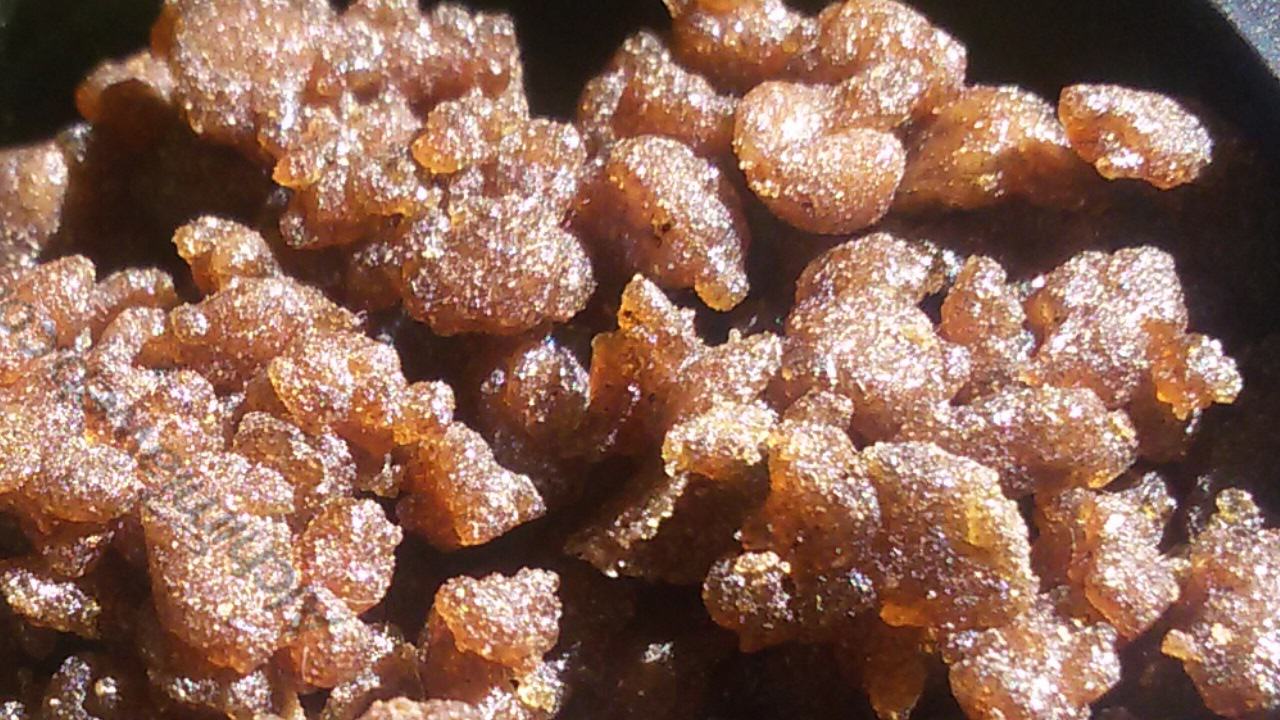QWISO cannabis extractions
List of contents
The world of marijuana resin extractions has changed a lot in recent years, in which we have seen new systems such as BHO or Rosin appear. And it is that, partly thanks to a better understanding of the characteristics of the plant, and partly due to an improvement in the techniques or tools used for the process of separating the plant matter and the glandular trichomes (or their content), The world of resin concentrates is constantly evolving.
The latter would be the case that concerns us today. Extractions with alcohol have been carried out for decades, although over time the type of alcohol used at the beginning has been replaced by another that is safer for consumption. We are talking about the QWISO extraction technique, a very popular method for obtaining resin some time ago, but today has been replaced by another technique that we have already discussed in this blog: QWET extractions.
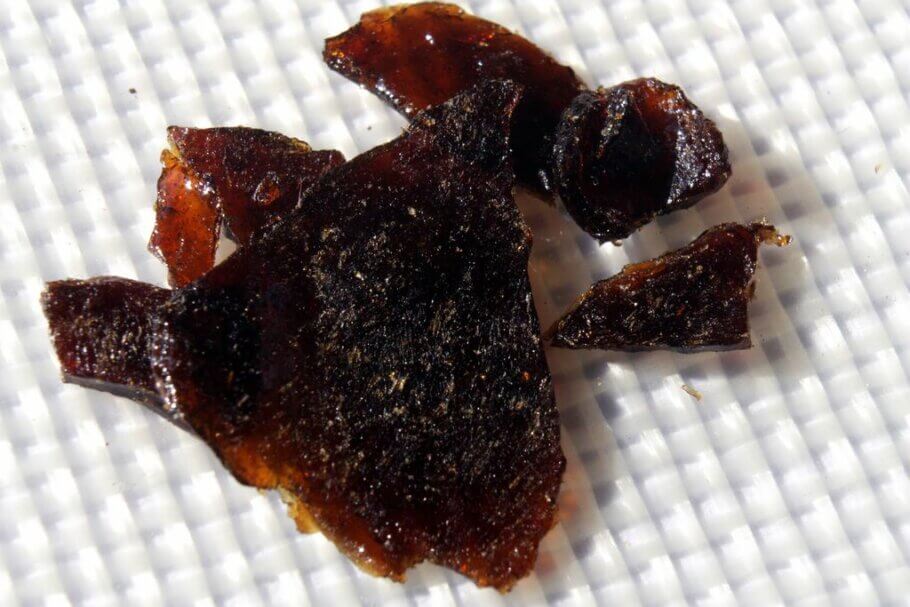
What is a QWISO marijuana extraction?
It is a method of extracting cannabinoids and terpenes from marijuana using isopropyl alcohol (also called isopropanol) as a solvent (the acronym QWISO comes from Quick Wash Isopropyl Alcohol). This method has been very popular for its speed and efficiency, but today it is considered potentially dangerous due to the toxicity of isopropanol and the need to work with it in a safe environment.
Is isopropyl alcohol safe for cannabis extractions?
Isopropanol is an aliphatic alcohol used in a wide variety of industrial and commercial applications. It is a colorless and volatile liquid with a characteristic odor of alcohol. It is used as a disinfectant in skin and surface cleaning products, as well as a solvent in the manufacture of chemicals and pharmaceuticals.
Additionally, isopropyl alcohol is a common ingredient in cleaners for electronics, where it is used to remove grease and grime from surfaces. It is also used in the manufacture of cosmetic products and as a degreaser in the metallurgical industry.
However, isopropanol is toxic if ingested or inhaled in large amounts. Skin contact can also be irritating and cause irritation or redness. Therefore, it is important to use it with caution and follow the safety precautions recommended on the product labeling, as it is also flammable and can be dangerous if exposed to sources of ignition. Therefore, it should be stored and used in a safe and ventilated environment.
In summary, isopropanol is a valuable component in a wide variety of applications, but it also presents certain risks and it is important to use it with caution. It is important to follow the recommended safety precautions and to store and use it in a safe environment. In addition, in the field of cannabis resin extractions, we have several solvents that are safer and as effective as isopropanol, so its use is not recommended except for cleaning utensils.
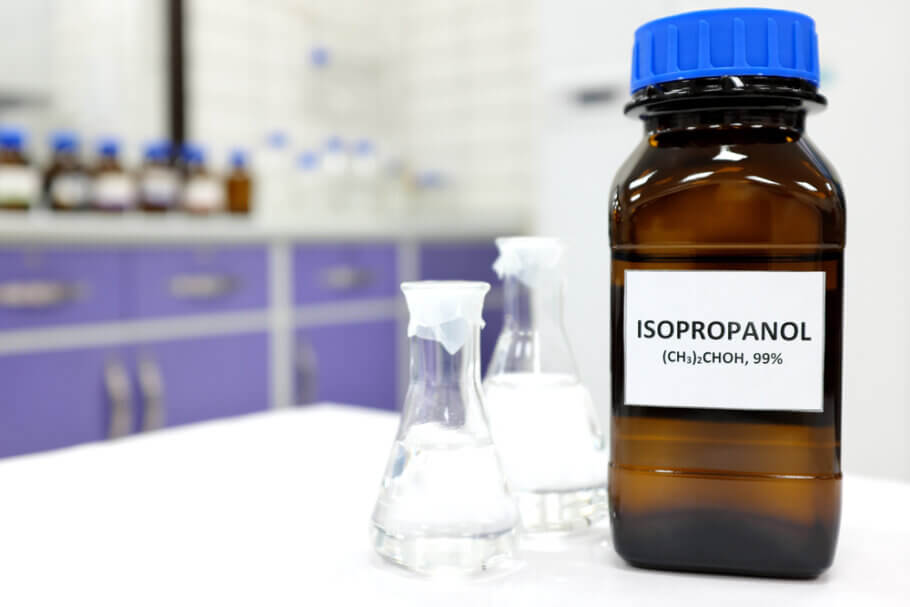
Characteristics of isopropyl alcohol as a solvent
Isopropanol is a versatile solvent in chemistry due to its following characteristics:
- Solubility: It is a polar solvent and is capable of dissolving a wide variety of substances, including salts and esters.
- Volatility: It is a volatile liquid that easily evaporates at room temperature, making it suitable for uses where easy solvent evaporation is required after a chemical reaction.
- Water immiscibility: It is immiscible with water, which makes it suitable for separating water-soluble compounds from those that are not.
- Boiling Point: The boiling point of isopropyl alcohol is relatively low, making it suitable for applications where rapid evaporation of the solvent is required.
- Polar nature: It is a polar compound, which makes it suitable for dissolving polarized compounds and for performing chemical reactions in which a polar solvent is required.
Winterization, is it necessary for a QWISO extraction?
As we already saw in our article on QWET or Quick Wash Ethanol extractions, winterization is a purification process used in the hemp and marijuana industry. This is a filtration process used to remove unwanted components, such as oils, lipids, and waxes, from the extract in question.
Cannabis extractions with alcohol
Cannabis extractions with alcohol are simple, fast and safe to perform, producing a first quality concentrate if done properly. In this article we show you our extraction method using two different alcohols: ethanol and isopropyl alcohol.
This process is carried out at low temperatures and pressures, which allows unwanted components to solidify and can be easily separated from the extract. This results in a purer and better quality final product, with a milder flavor and aroma. Winterization is also used to improve extract clarity and transparency, which can be important in applications where product aesthetics are critical.
However, doing the process as we will show you, winterizing will not be necessary for QWISO extractions. However, and as you will see in the step-by-step explanation, we will try to work with the vegetable matter and the alcohol at the lowest possible temperature.
QWISO or QWET?
The answer, by now, is clear. Yes, isopropyl alcohol is great for cleaning utensils like bongs or bangers, but for extractions that you're going to inhale or ingest, it's much safer to use ethanol as a solvent. The method using one or the other is practically identical, requiring the same tools and being equally effective; however, it has been more than proven that using ethanol is safer for your body than using isopropanol, so don't hesitate: if you want to do any extraction with alcohol, choose QWET and try to use food grade ethanol, the purest you can find.
How to do a QWISO extraction step by step
Materials
- Glass bowl
- Isopropyl alcohol
- Metal kitchen strainer
- Laboratory or coffee filter
- Pyrex tray
- Fan
- Oven and vacuum pump or hot plate, vacuum chamber, and vacuum pump
Preparation
To prepare your extraction, start by filling the glass jar with the plant matter of your choice. Seal it well and leave it in the freezer for a couple of hours, along with the isopropyl alcohol that you will use.
Regarding the vegetable matter to be used, this can be manicure leaves, flowers, or a mixture of both. In case of crushing them with a grinder, you will get a somewhat higher yield, although at the expense of having more chances of some small impurity "contaminating" your extract. In any case, the material must be very dry and have the lowest possible chlorophyll content (cured material will be ideal).
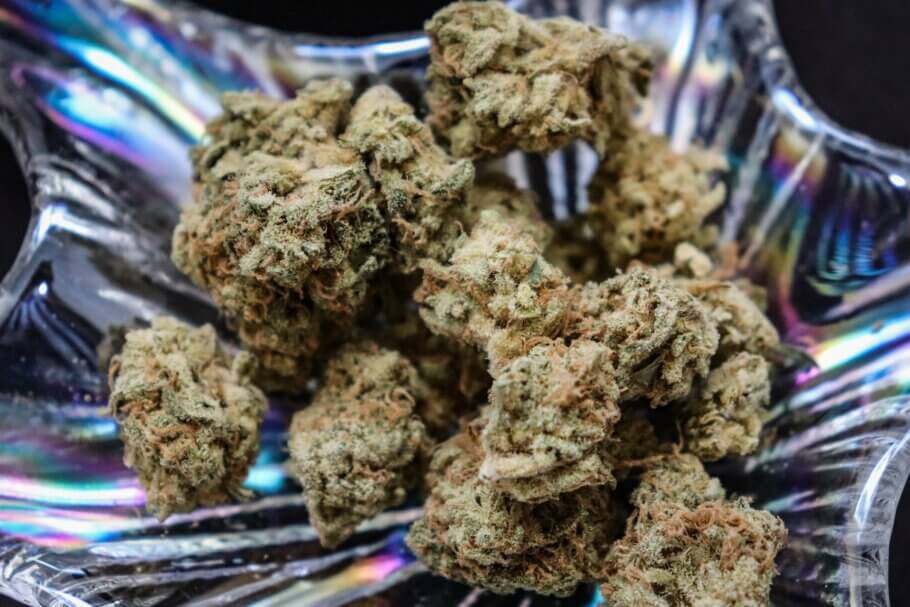
Extraction and filtering process
- Once you have the vegetable matter and the alcohol very cold, fill the glass container where you have frozen the material with the isopropyl alcohol, approximately until it is covered by a couple of centimeters.
- Gently stir the mixture for about 20 seconds.
- Next, strain the mixture (you can use a pair of strainers or filters, first the largest and then the smallest) so that the alcohol with the extract remains in the Pyrex tray. The intention of this first filtration is simply to separate the plant matter from the alcohol-diluted extract.
- At this point, you can refreeze the plant matter for a second extraction later, although neither the quality nor the quantity will be the same as the first.
Purging of alcohol
Now you must purge the alcohol from the mixture to get your clean and pure extract. For this there are several methods, basically depending on your pocket. The ideal is a vacuum oven or, failing that, a laboratory hot plate and a vacuum chamber. Keep in mind that for both systems you will also need a vacuum pump. Working at a temperature of about 40ºC with continuous vacuum, you should have the extract purged in a few hours.
Another system is to cover the Pyrex tray and place a small fan blowing air just above it. To prevent any particles from contaminating the extract, you can cover the tray with a mesh or cheese cloth. As the alcohol evaporates, you will see how the extract thickens; when you no longer observe the presence of alcohol, you can heat the Pyrex with the mixture in a bain-marie at about 60ºC until you no longer smell the alcohol evaporating (between 30-60 minutes). Your extract should be ready!
Keep in mind that, in this case, you have not decarboxylated the plant matter before starting the extraction. If you want to use this extract to make something edible, the most practical thing will be to decarboxylate the material before starting the whole process. In the link we tell you how to do it quickly and easily.
You have already seen how easy it is to carry out an extraction of this type, although as we will never tire of saying, we recommend using food-grade ethanol, as pure as possible, instead of isopropyl alcohol (also, with ethanol you can winterize the mixture of alcohol and extract and separate waxes and lipids). As always, we encourage you to share your tricks, experiences or doubts in the comments section, we will be happy to answer you.
Happy extractions!
--------------------------------------------------
References:
- Comprehensive comparison of industrial cannabinoid extraction techniques: Evaluation of the most relevant patents and studies at pilot scale, Cristina López-Olmos, María Teresa García-Valverde, Jesús Hidalgo, Carlos Ferrerio-Vera, Verónica Sánchez de Medina
- Processing and extraction methods of medicinal cannabis: a narrative review, Masoumeh Pourseyed Lazarjani, Owen Young, Lidya Kebede, Ali Seyfoddin
- Comparison of the Two Common Solvents for THC and CBD Extractions, Kanda Wongwailikhit, Jiratchaya Ruangdech
- Isopropanol as a Green Solvent for Extraction of Bioactive Compounds from Plants, de Sousa et al., 2014

















































